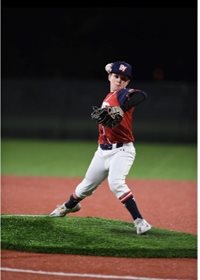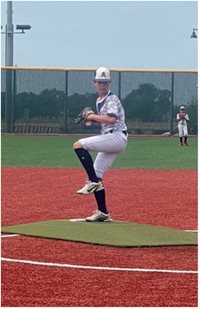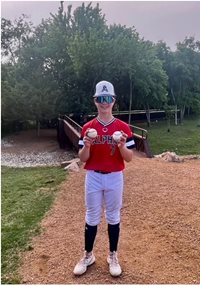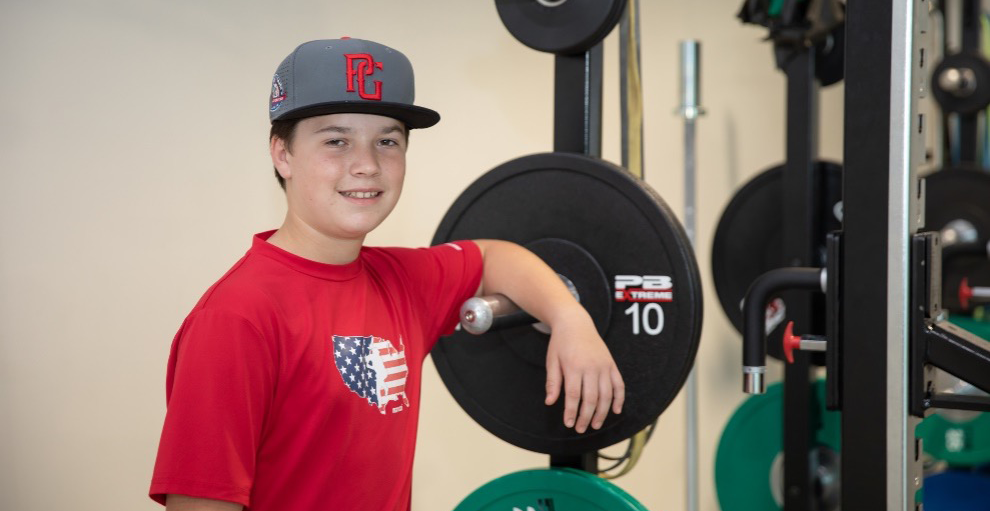A Note About Sport-Related Overuse Injuries in the Elbow in Baseball
Though a completely displaced fracture in this area is uncommon, pain and injury on the middle side of the elbow is common in young throwers. There are immense stresses placed on the elbow during throwing.

Many pitchers and others perform many throws during practice, private training and year-round games and tournaments, and the damage continues and worsens. For many young athletes, early recognition and rest can prevent the condition from worsening to the point of an acute injury, like a medial epicondyle avulsion fracture, that needs surgery. Learn more about preventing elbow overuse injuries in young athletes in this article, Injury Prevention Tips for Young Baseball Players and Parents.
“This area of the elbow is weak in young throwing athletes around Parker’s age, he was 11 at the time of this injury,” occupational therapist Savana Ashton says. The area is an epiphysis, a growth center, where the bone fragment is connected to the humerus by cartilage that will become bone when growth is complete. With or without a history of overuse, a sudden and forceful injury causes the muscle tendon attached to the fragment to pull it off the humerus completely, this is called an avulsion fracture. Like Parker, an athlete often describes hearing a “pop” and instantly feeling severe pain with this injury.

Similar to other young athletes recovering from a serious sport-related injury, Parker was ready to be discharged from formal rehabilitation, but he was not quite ready to return to full activity, including baseball. In September, Parker transitioned from OT to the Bridge Program, a group training option offered by our Therapy Services team at Scottish Rite for Children. The program provides athletes like Parker a safe “bridge” to maintain progress made in therapy and continue strengthening in the previously injured area. Simultaneously, the coaches emphasize proper body mechanics and total body strength and conditioning, which will likely help reduce the risk of reinjury. “We were grateful Scottish Rite had an environment for him to continue his recovery,” Parker’s mom, Michele, says. She has entrusted Scottish Rite to care for several of her children now.
The program is not baseball-specific, but it is beneficial for baseball players and many others. Certified strength and conditioning coach Justin Haser, M.S., CSCS, says, “The kids that consistently come in, give a good effort and are coachable see great improvements in their movement economy and improvements in their overall strength outputs.” When athletes enroll in the Bridge Program or Athlete Development Program, they can attend up to three times each week.
In pediatric orthopedics, follow-up visits are particularly important when a growth area was involved in the treatment. Complications with this treatment are rare, but monitoring periodically and confirming recovery is on the right path ensures there won’t be surprises later.
Parker is now 13 and has been happily back on the mound and hitting home runs. “Parker is thrilled to be back playing baseball after his full recovery from surgery,” Michele says. To help other young throwers like himself have a safe season, Parker helped us create instructions for evidence-based exercises for all throwers. These are designed to be performed before practice or a game and can help to reduce elbow injuries.


